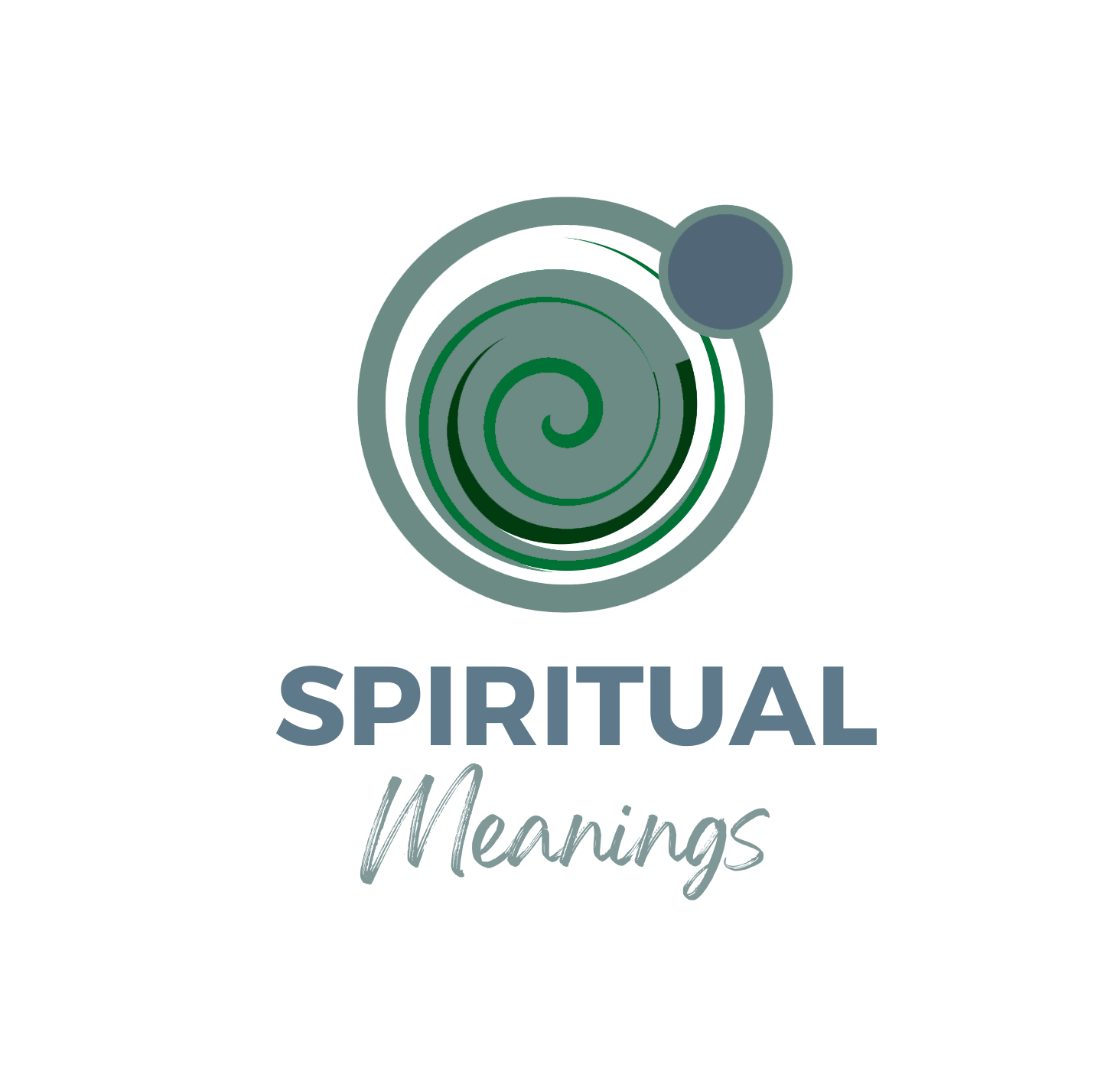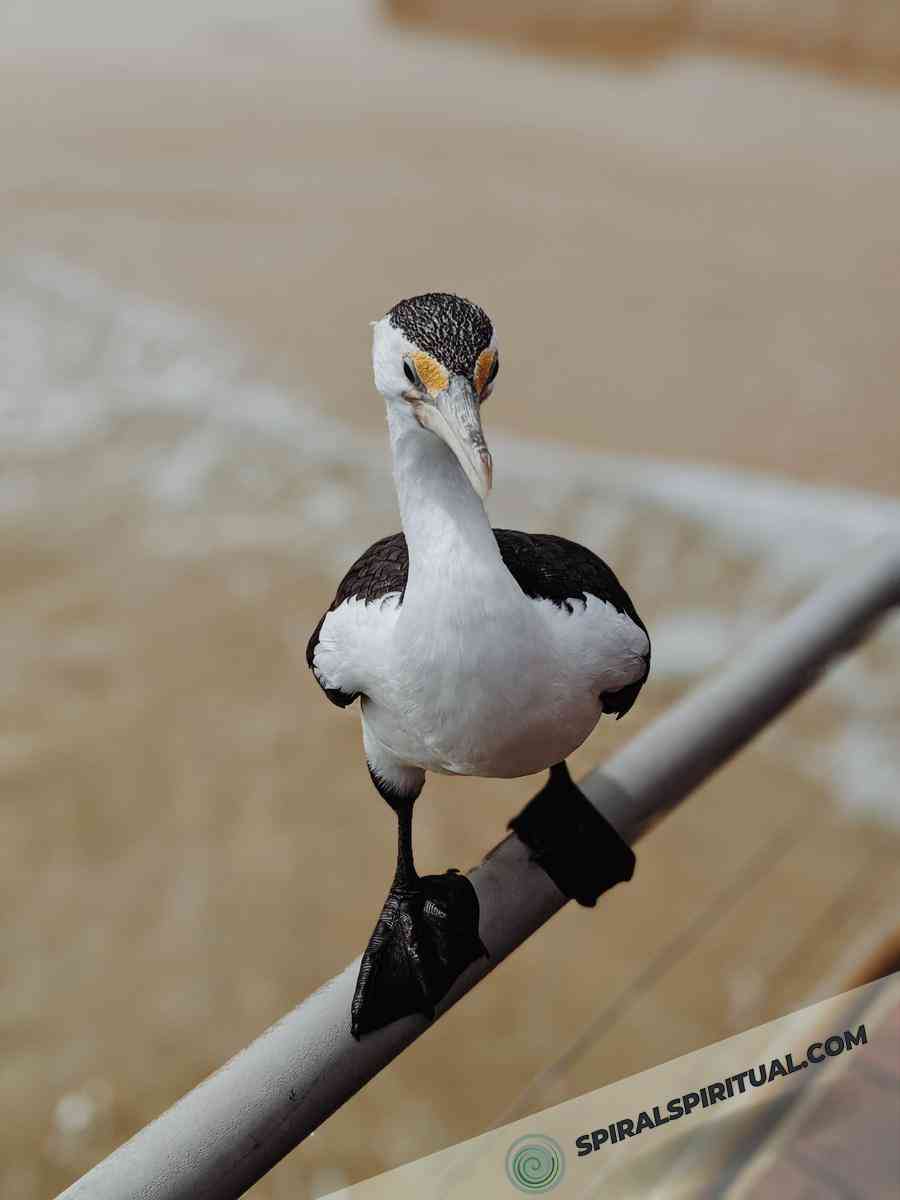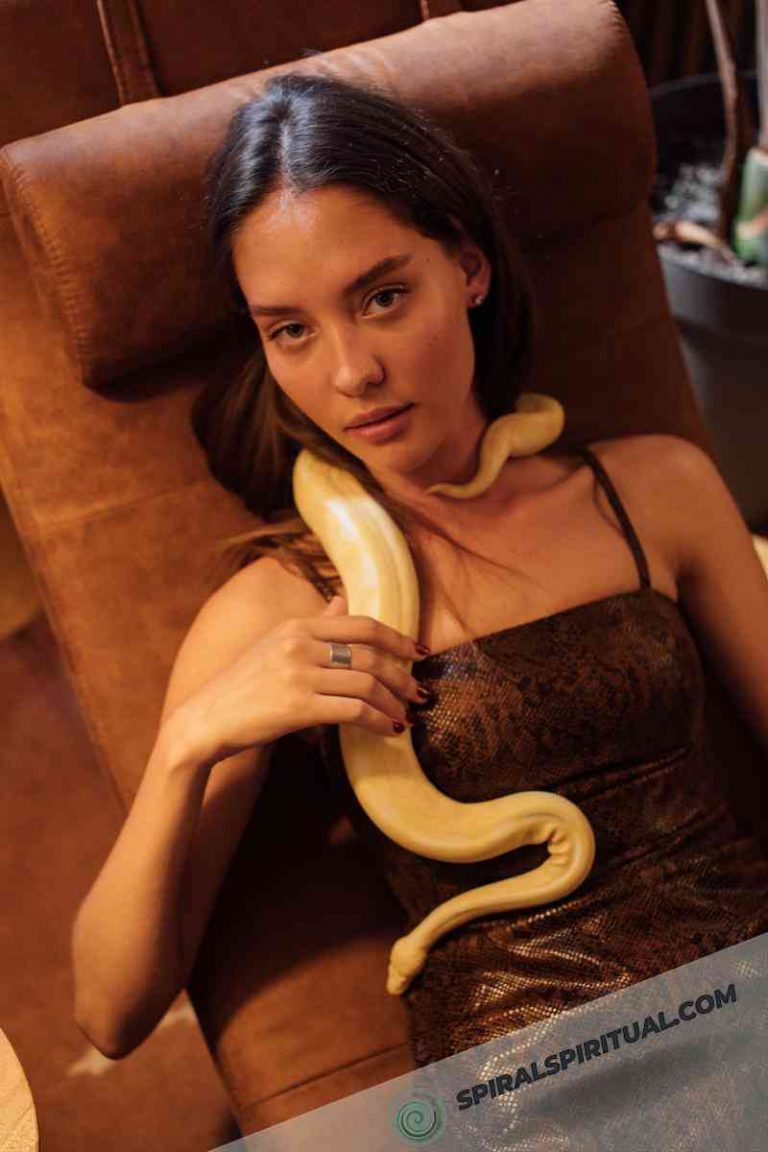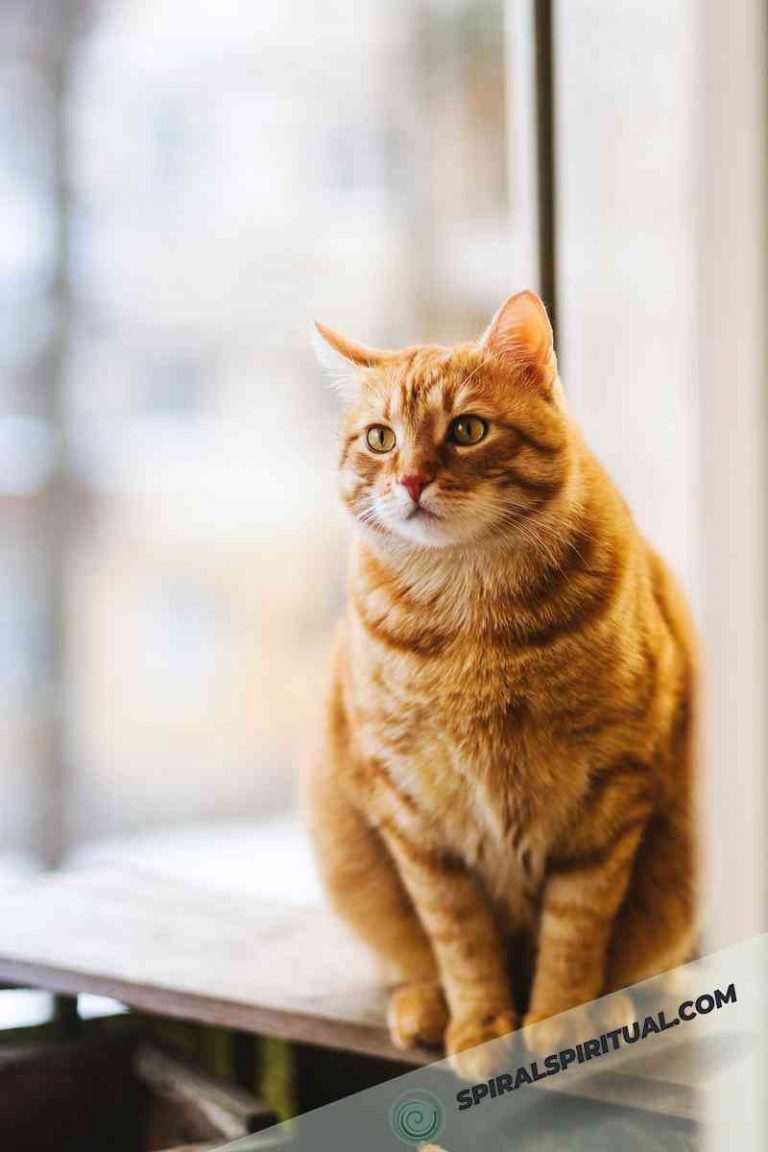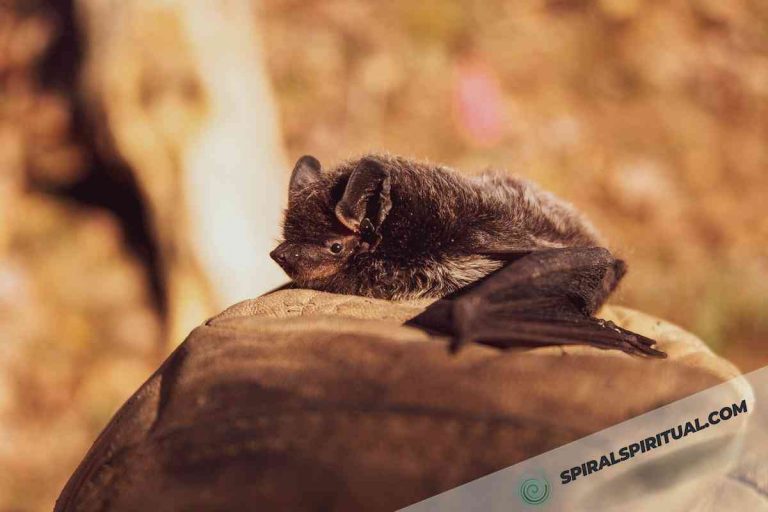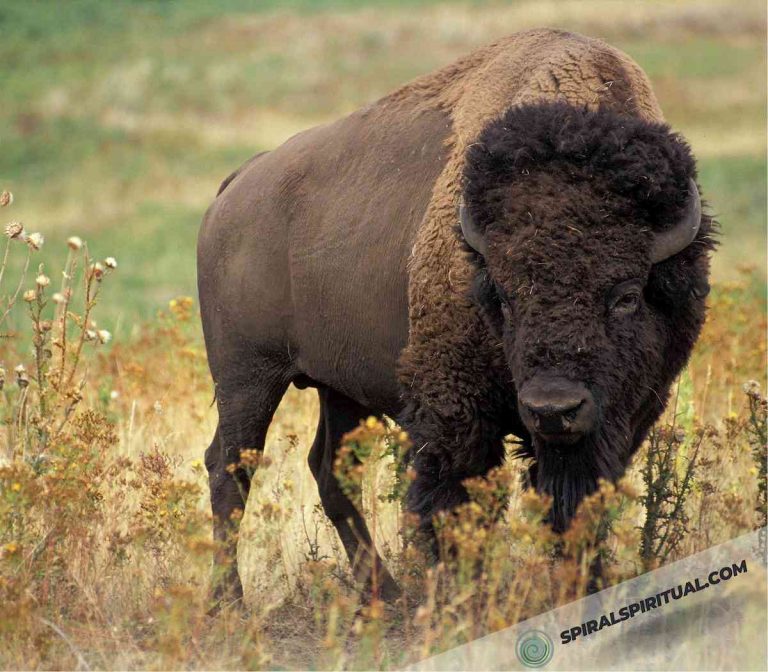Last Updated on December 2023
According to Birdzilla, cormorants symbolize spiritual transformation and the pursuit of wisdom. These birds are associated with diving deep into the waters, representing introspection and the exploration of the subconscious mind. Cormorants’ ability to emerge from the depths with their prey correlates with their spiritual significance of resurfacing with newfound insights and knowledge.
5 Spiritual Meanings Behind the Cormorant
One summer afternoon, my friend Sarah and I decided to take a stroll by the tranquil lakeside. As we admired the serene setting, we noticed a cormorant gracefully diving into the water. Suddenly, something clicked in Sarah’s eyes. She excitedly shared how, for her, the cormorant symbolized perseverance and adaptability. Inspired by its ability to navigate both air and water, Sarah felt motivated to embrace change and push past her limits. From that day forward, the cormorant became a powerful symbol for her personal growth and resilience.
Cormorants hold diverse spiritual meanings across various belief systems, encompassing a range of symbolisms and interpretations. Here are five general spiritual meanings associated with cormorants:
- Adaptability and Resilience: The cormorant’s ability to navigate through two realms, air and water, highlights its adaptability and resilience. This avian creature serves as a symbol of embracing change, being versatile, and navigating life’s challenges with grace.
- Spiritual Transformation: As a diving bird, the cormorant plunges into the depths in search of sustenance. This act of submerging and resurfacing metaphorically signifies spiritual transformation, representing the exploration of the subconscious mind and the deep waters of the soul.
- Introspection and Self-Reflection: The act of diving below the surface suggests introspection and self-reflection. Observing the cormorant’s behavior encourages individuals to delve into their inner selves and examine their thoughts, emotions, and experiences, ultimately fostering personal growth and self-awareness.
- Pursuit of Wisdom: Cormorants are associated with the continuous quest for wisdom and knowledge. Similar to the way they dive deep in pursuit of fish, these birds symbolize the eternal pursuit of understanding, enlightenment, and the accumulation of spiritual insights.
- Balancing Dualities: With its ability to dwell in both water and air, cormorants symbolize the capacity to harmonize opposing forces and dualities. This representation inspires individuals to find balance between different aspects of their lives, such as work and personal life, or the physical and spiritual realms.
The Symbolism of Cormorant in Different Cultures
The symbolism of the cormorant varies across different cultures, reflecting the rich tapestry of human beliefs and mythologies. In ancient Egypt, cormorants were linked to the protective goddess Nekhbet and represented maternal instincts. Norse mythology attributed sacred significance to cormorants, associating them with the god Odin and symbolizing wisdom and cunning. Chinese culture revered cormorants for their fishing prowess, considering them symbols of diligence and expertise. Furthermore, in several Native American tribes, cormorants held spiritual importance as messengers bridging the physical and spiritual realms. These diverse interpretations are well-documented in ornithological and anthropological studies, with valuable insights found in works such as Rachel Warren-Chadd’s “Birds: Myth, Lore, and Legend“. By exploring the symbolism of cormorants in various cultures, we gain a deeper understanding of the multifaceted nature of human symbolism and the profound connections between avian beings and our collective belief systems.
Cormorant Color

The symbolism and spiritual meaning behind the color of cormorants vary across different cultures and beliefs. The color of these aquatic birds has been associated with various interpretations that hold significance in different contexts. The most common beliefs regarding the color of cormorants are as follows:
| Color | Symbolism |
|---|---|
| Black | The color black is often associated with mystery, the unknown, and hidden depths. It represents the shadow aspects of life, hidden emotions, and the depths of the unconscious. Black cormorants may symbolize the ability to dive into the depths of one’s emotions or explore hidden truths. |
| Blue | Blue is often linked to calmness, tranquility, and spirituality. It represents peace, harmony, and the divine. Blue cormorants may symbolize serenity, a connection to the spiritual realm, or the ability to navigate emotional waters with grace and ease. |
| Green | Green is commonly associated with nature, growth, and renewal. It represents balance, healing, and vitality. Green cormorants may symbolize a harmonious relationship with the environment, personal growth, or the need for rejuvenation and healing. |
| White | White is often linked to purity, innocence, and spirituality. It represents clarity, purification, and transcendence. White cormorants may symbolize spiritual awakening, the quest for enlightenment, or the purity of one’s intentions. |
| Gray | Gray is commonly associated with neutrality, balance, and wisdom. It represents the blending of opposites and finding harmony within duality. Gray cormorants may symbolize the ability to adapt, make wise decisions, or find balance amidst conflicting emotions or situations. |
| Brown | Brown is often linked to stability, grounding, and connection to the earth. It represents practicality, reliability, and resilience. Brown cormorants may symbolize the need to stay grounded, find stability in challenging times, or reconnect with one’s roots. |
The symbology surrounding the color of cormorants should be explored within specific cultural contexts and personal spiritual perspectives.
Is a Cormorant a Good Omen?
Some people believe that cormorants are a symbol of good omens and choose to keep them as pets for this reason. They believe that having a cormorant brings positive energy, luck, and protection into their lives. These individuals may believe that the presence of a cormorant brings prosperity, spiritual growth, and a sense of harmony.
By keeping a cormorant as a pet, they hope to attract and maintain these positive influences in their daily lives.
If They’re Appearing in Your Dreams
The presence of cormorants in dreams can hold various meanings. They are often associated with the symbolism of diving into one’s emotions and exploring hidden truths. Cormorants may represent a strong connection to one’s subconscious mind and the ability to navigate through deep emotional waters.
“The cormorant swims through its dreams with grace, symbolizing the depths of the unconscious as we explore hidden aspects of ourselves”
“The Little Book of Dreams” by Aunia Kahn
Seeing a cormorant in a dream may suggest the need for introspection and delving into one’s innermost thoughts and emotions. It could indicate a call to explore and confront hidden aspects of one’s life or relationships.
If You See a Dead Cormorant
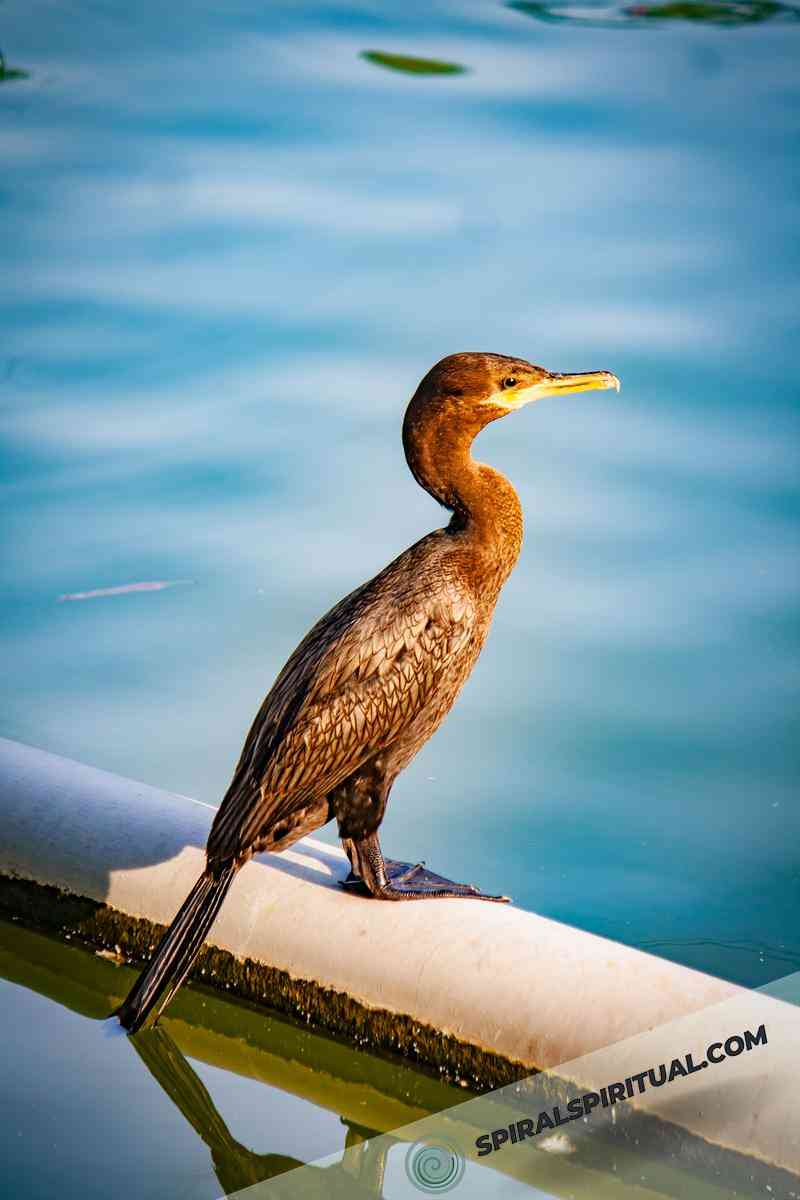
Seeing a dead cormorant in a dream can carry symbolic significance. It may represent the suppression of emotions, the loss of a valuable connection, or a sense of stagnation in personal growth.
As author and dream expert Pamela Ball explains, encountering a dead bird in a dream can suggest the need to mourn and release past experiences or emotions. In the context of a dead cormorant, this symbolism could indicate the need to acknowledge and process buried emotions or the end of a transformative journey.
It may serve as a reminder to address stagnant areas in one’s life and seek new avenues for growth and emotional well-being. Understanding the dream’s full meaning lies in exploring personal associations and the specific circumstances surrounding the dream.
The End Note
Across cultures, cormorants represent mystery, hidden emotions, and the depths of the unconscious mind. Different colors of cormorants hold specific significance, such as black symbolizing the unknown and blue indicating tranquility. In dreams, cormorants encourage introspection and exploration of hidden truths.
References
Here is the literature that was used for writing this article:
- “Animal Speak: The Spiritual & Magical Powers of Creatures Great & Small” by Ted Andrews, Llewellyn Publications, 1993.
- “The Secret Life of Birds: Who They Are and What They Do” by Colin Tudge, Penguin Books, 2009.
- “Symbolism in the Bird World” by Victor Margolin, University of Michigan Press, 1979.
- “The Hidden Meaning of Birds: A Spiritual Field Guide” by Arin Murphy-Hiscock, Adams Media, 2020.
